The Long Journey Home is like being stuck in the backseat on a return road trip
The Long Journey Home is a resource management, sandbox universe space adventure game. It should be a game right down the alley of most science fans, but unfortunately, falls a little short of reaching home.
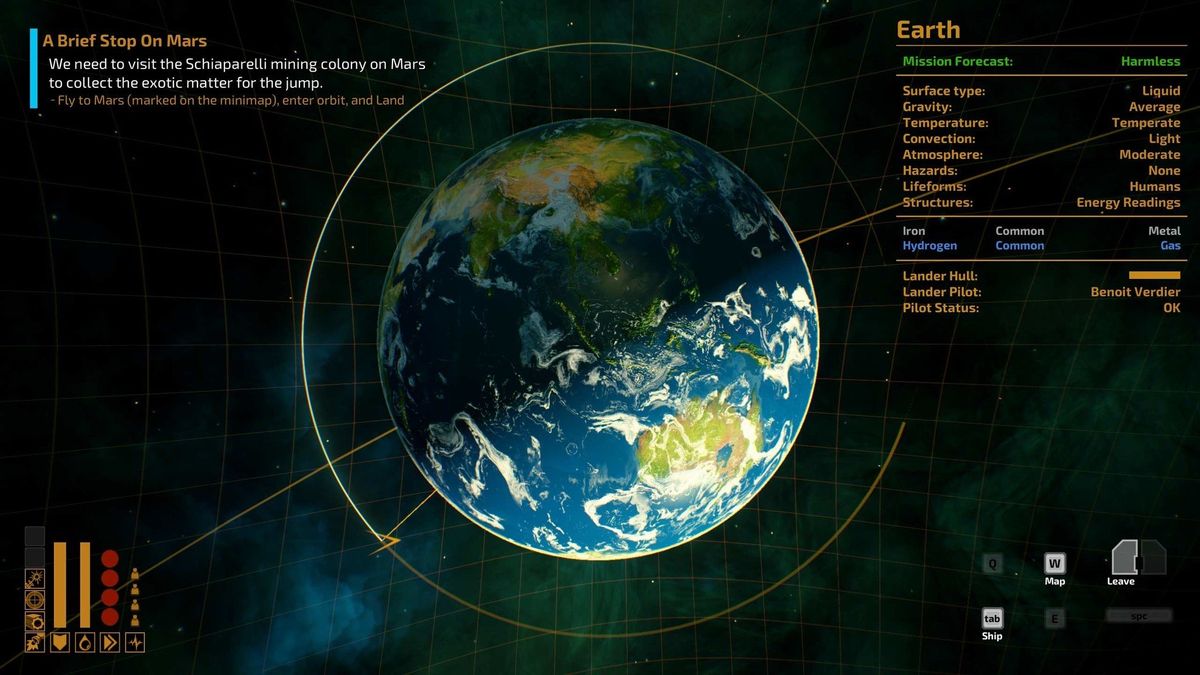
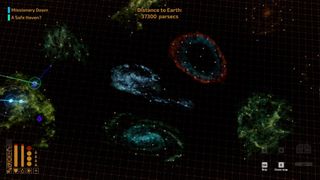
The Long Journey Home is a game that puts the player in control of a science expedition ship that was testing out mankind's first jump drive. Of course, like most things we humans try to do in video game stories, something went wrong and we find ourselves drifting in space with the goal to return to Earth. That's the mission here; to do whatever is necessary to get the ship and its crew safely returned to Earth.
It promises immersive gameplay with the endless freedom of space and open quest lines that take into account player decisions. The developer has done a sound job at nailing certain elements, which includes some of the quest lines, the aliens — some make you chuckle with each open comm channel — and ship movement. What they've failed to tackle successfully is to make the game exciting in the long run, which is rather bizarre since the title of the game itself is The Long Journey Home.
Now, this wouldn't be an issue in a typically priced indie game released for PC, but the price tag is a whopping $35.99, so one needs to take a serious look at just how much content and polish has been added.
Things always go wrong for humanity
To start a new game, one has to select four crew members to control on their adventure. The choices available (10 in total) include an archaeologist, engineer, theoretical physicist, researcher, corporative executive, and civilian observer. I opted for an archaeologist, engineer, theoretical physicist, and civilian observer for the main playthrough, but the choice is ultimately yours.
Next up is the ship. For starters, we have just three ships available; ISS Discovery, ISS Ulysses, and ISS Endurance. Each ship has its own characteristics and stats. The Discovery is better suited for maneuverability and jumping, while the Endurance is a battle tank with the most strength and cargo space. Depending on how the game is to be approached, it's best to choose a ship (and color scheme) that matches a style of play.
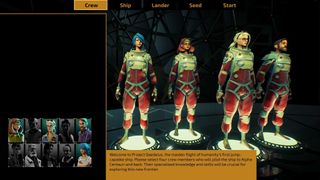
Much like the ships, choosing a lander takes some degree of consideration, taking into account what each option offers. We have the ISV Serenity, ISV Pathfinder, and ISV Odyssey. The last step tasks the player with entering seven characters to generate the galaxy. This is essentially a "seed", which houses various data for generation.
The Long Journey Home makes it easy for players to share seed codes with one another to match playthroughs and take advantage of galaxies that offer a particular experience. Two difficulty options are present: explorer and rogue modes. Before beginning the game, it's possible to play through tutorials and become accustomed to controls and features or jump right into it without further assistance.
Get the Windows Central Newsletter
All the latest news, reviews, and guides for Windows and Xbox diehards.
Space is gorgeous
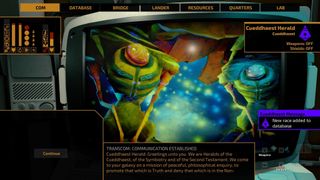
The game itself makes full use of a number of view angles. Actual ship movements (both in map view and in localized events) are carried out from a birds-eye-view POV. Using the landers to extract planet resources and check alien ruins is done from the side, and cutscenes will showcase some impressive visuals in glorious camera pans. No matter which view is currently active, The Long Journey Home is a very pretty game.
Landers will be bombarded by various weather systems, including lightning and strong winds, space battles and exploration make full use of particle effects and backdrops, and planets and objects are rendered nicely. Performance is also on point here. In fact, I never noticed a single point in time when the game stuttered and data analysis post-game confirmed that FPS was stable throughout.
It's unfortunate we have to commend developers for releasing stable games today, but that's where the industry is at for the time being so kudos to Daedalic Studio West. While it's certainly possible to play and enjoy the game with a mouse and keyboard, I found it easier to plug in an Xbox One controller and the developer even recommends this, especially for ship maneuvers.
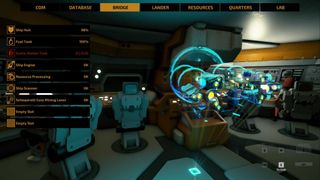
The Long Journey Home also sports some solid resource management. Gas is used to refuel the ship for travel, metals are applied to the ship and lander hulls, and exotic matter recharges the jump drive. Sounds simple enough, but one has to decide whether to land on more dangerous planets to extract said materials (or orbit suns and attempt the seemingly impossible) or risk jumping to another system and running out of fuel.
There's also a currency in-game that is used to trade with alien species for medicine and upgrades. And believe me, you'll need medicine for your crew as they'll take an absolute pounding from the start, not because of bad game design but terrible human controller input. I attempted to land my lander upside down more than once believing it to be the right way up, for example. Speaking of aliens, there are some colorful characters here, as aforementioned.
Ships that are hailed can provide quest lines, offer credits for resources, or may simply want to destroy meddling humans. And each run can take anywhere between eight hours to 12 or more, depending on how much time is spent in each system. The galaxy is huge.
The looooooong journey home

We all remember those days of returning home from a vacation with family as children, seated in the rear of a vehicle traveling along at speeds on a highway. When first getting in the car everything is fairly upbeat with technology to keep young minds active. But as the journey drags on and with little to do outside of what has already been done since setting off, it becomes less interesting and you simply wish for it to end before reaching the driveway.
The same, unfortunately, can be said for The Long Journey Home. The main gripe I have with this game is the repetitive nature of various endeavors. The landing is fun at first but becomes a chore and even infuriating at times. I'm not the biggest fan of the UI, which can prove rather confusing and difficult to navigate at points, especially when starting off. It could have used a little more time in adding a few more things like damage numbers around the ship and lander so one doesn't have to keep glancing at the stat bars in the lower left corner.
The combat is also not as good as it could be, in my opinion. It's way too simple. There are a few upgrades that can be installed to enhance available firepower, but other than that, it's really a case of angling your ship as if it's on the open seas, fire some cannons and hope for the best.
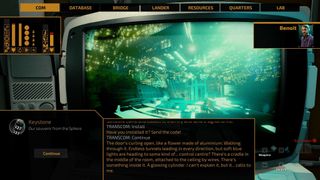
I would have preferred a more action-orientated approach with perhaps the right stick used for aiming and have a number of cannons that swivel. This way players could actively aim at objects and this could also be used in conjunction with the AI for more intense combat. Throw in more stuff to use like drones, more weapon types, temporary power items like cloaking or invulnerability, loot system, just anything to add more layers to the combat.
Something else I envisioned during my playthrough amid fighting other ships is a co-op mode where one player could control fire and another ship controls for more heated exchanges and difficult gameplay. I would have liked to have aliens more prominent in the galaxy at points, as I feel this is the strongest card the game has to offer. The dialogue is brilliant. But the same can't be said for the crew, who will throw some words onto the screen every now and then as you travel the stars. More character development on both fronts would have made all the difference to make the player feel more invested in each run.
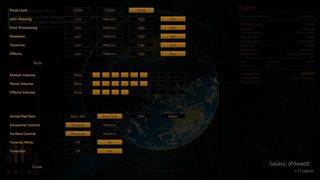
I see many players simply turning the game off and calling it a day, leaving their crew to fight it out as they drift off into space. And that's a shame because I actually really enjoyed by time with The Long Journey Home. I can't overlook this and believe more could have been added, especially for the price tag.
Should you sign up?
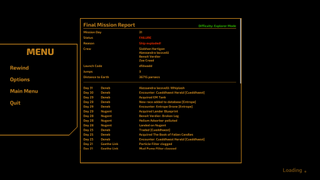
Prepare to die, many times.
If FTL was a game you thoroughly enjoyed then The Long Journey Home is a solid purchase, especially if you're simply a massive fan of space and resource management games. The questing, alien characters, design, and feel of the title overall is one I could highly recommend, but the lack of meat to each run, reliant on skill rather than RNG, and the poor showing of combat and character development along the way, I believe, makes it a tough journey for many to battle through.
But around $35.99, The Long Journey Home an expensive investment. Is it worth the price? I'd say no. But it absolutely is not a bad game. I thoroughly enjoyed my playthroughs and believe many gamers will enjoy it too. If you don't mind parting with the cash, are intrigued by videos and marketing jargon, and enjoy dying in a difficult game, there's a high probability you'll enjoy smashing up a few jump drives just so you can make that return journey home back to Earth.
Pros
- Beautiful space.
- Funny, interesting aliens.
- Great flight and exploration mechanics.
- Awesome foundation and ambitious idea.
Cons
- Repetitive.
- Needs more content to flesh out features.
- Expensive for its current state.

Rich Edmonds was formerly a Senior Editor of PC hardware at Windows Central, covering everything related to PC components and NAS. He's been involved in technology for more than a decade and knows a thing or two about the magic inside a PC chassis. You can follow him on Twitter at @RichEdmonds.